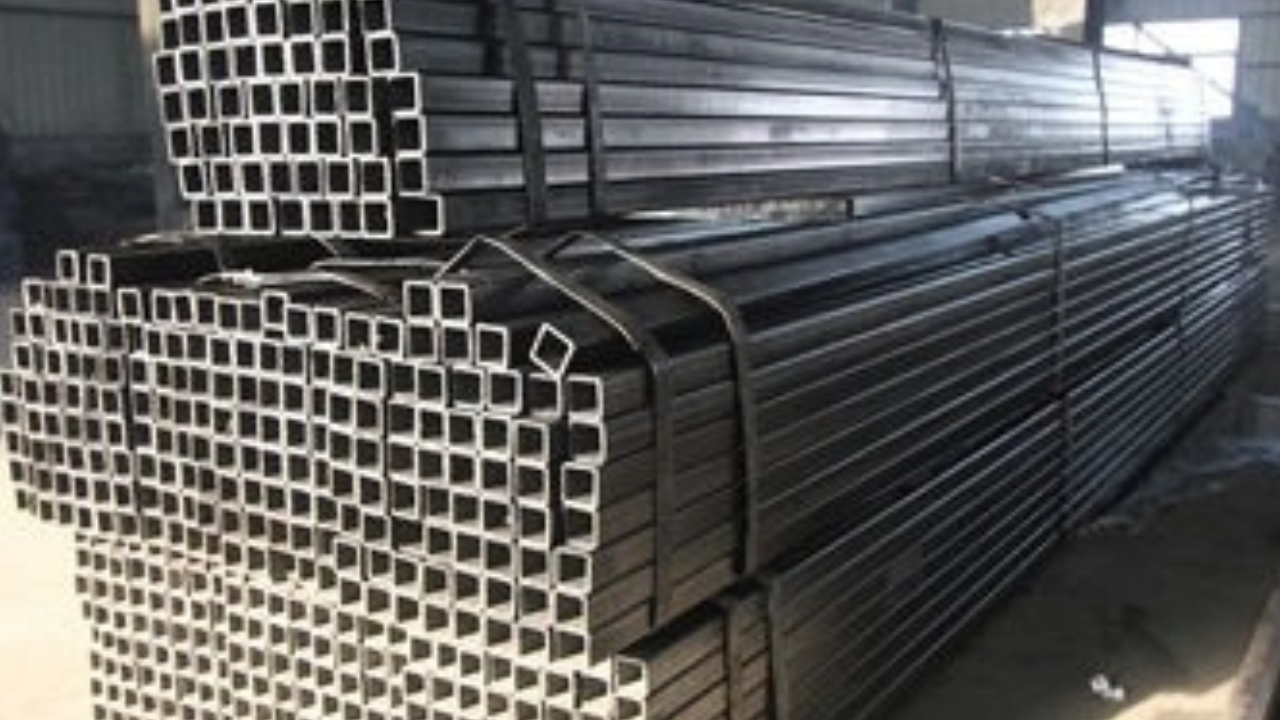API 5L, created and kept up with through the American Petroleum Organization, is a significant favorite in the metal venture, especially in the domain of oil and fuel investigation, creation, and transportation. Serving as the foundation for the creation, testing, and review of metallic pipes, API 5L assumes a pivotal role in guaranteeing the trustworthiness, security, and unwavering quality of pipelines globally.
The significance of API 5L stems from its exhaustive arrangement of specifications and prerequisites, fastidiously created to satisfy the severe requirements of the strength region. Through delineating standards for the chemical composition, mechanical houses, dimensions, and tolerances of steel pipes, API 5L establishes a framework for exceptional guarantee and regulatory compliance all through the pipeline lifecycle.
Adherence to API 5L principles cultivates consistency, interoperability, and straightforwardness throughout the production network, working with consistent incorporation and coordinated effort among partners. Besides, api 5l assumes a vital role in providing security, execution, and maintainability inside the oil and gas venture. By laying out solid testing and review strategies, API 5L takes into consideration the distinguishing proof and moderation of potential dangers related to pipeline activity, diminishing the opportunity for wounds, spills, and natural occurrences.
Key Test and Inspection Techniques Specified By API 5L
This article affords an in-depth review of the key trying out and inspection strategies mentioned in API 5L.
Hydrostatic Test
Hydrostatic testing is a fundamental cycle determined by API 5L to assess the primary integrity and leak-tightness of steel pipes. During the hydrostatic test, pipes are loaded with water and compressed to a foreordained stage. The test strain is maintained for a distinct duration, for the duration of which the pipes are visually inspected for leaks or deformation. The hydrostatic test enables the pick-out of production defects, together with cracks, leaks, and susceptible spots, ensuring the reliability of pipelines in the provider.
Bending Test
The bending test is an important method specified by API 5L to evaluate the ductility and structural integrity of metallic pipes. During the bending test, a segment of the pipe is bent to a designated attitude without cracking or failure. The test evaluates the pipe’s ability to face up to bending stresses and deformation, making sure it can accommodate setup, dealing with, and provider conditions without compromising its integrity. Successful completion of the bending test confirms compliance with API 5L requirements.
Flattening Test
The flattening test is an essential technique outlined in API 5L to assess the ductility and power of metallic pipes. in this test, a segment of the pipe undergoes flattening under managed conditions. The pipe is flattened until its outdoor diameter is reduced to a unique percent of its original diameter, without exhibiting cracks or different symptoms of failure. Passing the flattening test demonstrates the pipe’s capability to resist deformation and keep its structural integrity under strain.
CVN Impact Test
The CVN (Charpy V-notch) influence investigation is a crucial process with the guidance of API 5L to assess the life span and protection from fragile cracks in metal pipes. In this test, a notched sample of the pipe is exposed to the effects of a swinging pendulum. The power absorbed through the sample for the duration of the fracture is measured, indicating its resistance to unexpected loading and capability for fracture propagation. Passing the CVN impact test confirms the pipe’s suitability for the provider in stressful conditions.
DWTT
DWTT, or the Drop-Weight Tear Test, is a critical process mentioned in API 5L to assess the fracture sturdiness and resistance to brittle fracture of steel pipes, especially the ones used in low-temperature applications. In this test, a weighted striker is dropped onto a notched sample of the pipe, generating a rapid loading. The strength absorbed through the sample in the course of fracture is measured, presenting insight into its capability to withstand unexpected loading and resist crack propagation in cold environments.
Conclusion
Testing and inspection techniques targeted by API 5L are important for ensuring the satisfaction, integrity, and protection of metallic pipes used in the oil and gas enterprise. By adhering to those procedures, manufacturers, suppliers, and operators can confirm the quality of metal pipes, mitigate dangers, and ensure the dependable performance of pipelines in service. Compliance with API 5L standards fosters self-belief amongst stakeholders and promotes the integrity of energy infrastructure internationally.

